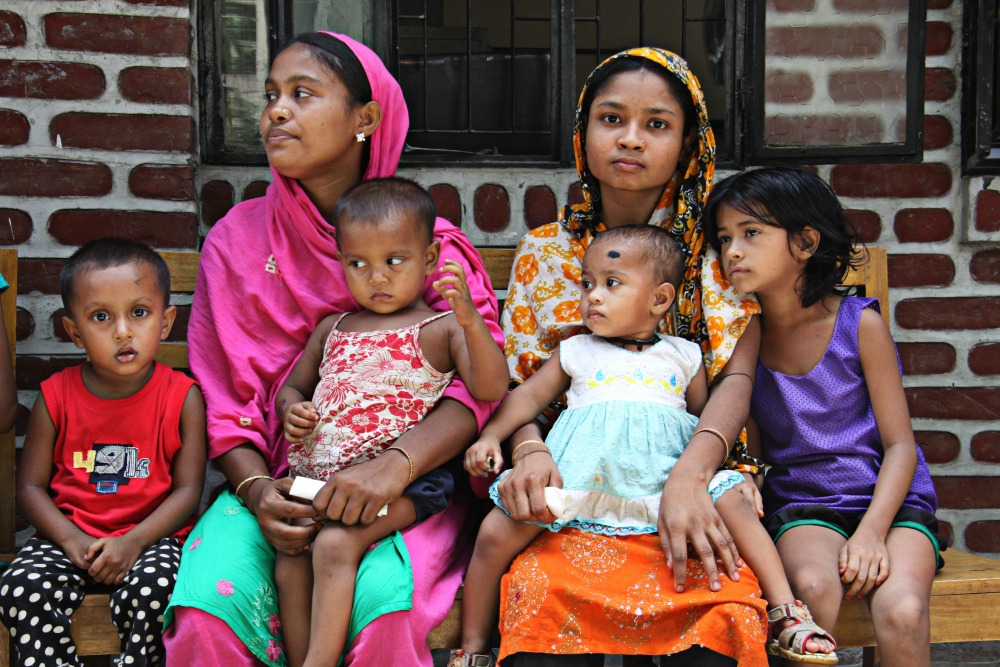News
Nutrition International and the Asian Development Bank join forces to tackle malnutrition in the region
March 26, 2025
WP_Term Object
(
[term_id] => 136
[name] => Blog Posts
[slug] => all-blog-posts
[term_group] => 0
[term_taxonomy_id] => 136
[taxonomy] => news-category
[description] => See what’s top of mind for our technical experts as they share the latest on cutting-edge nutrition research, policy updates, and implementation guidance.
[parent] => 2025
[count] => 137
[filter] => raw
)
Integrating nutrition interventions in Bangladesh through BRAC partnership
Our expert explains a new MI collaboration with BRAC that aims to systematically design and integrate nutrition interventions into existing BRAC development programs in Bangladesh.
Posted on March 24, 2016
By Chowdhury Jalal, MI Senior Technical Officer, Operations and Evaluation Research


The problem of undernutrition in low and middle income countries affects millions of people and has many causes.
Bangladesh is just one of those countries. Despite strong efforts made by the government and non-governmental organizations (NGOs) to reduce maternal, child and adolescent undernutrition, it remains an overwhelming public health concern there, where millions of women and children suffer its effects every day.
The best and most sustainable strategy for improving nutrition for women, adolescents and children – especially those within vulnerable populations – is to take a multi-sectoral approach where a variety of government or NGO sectors work together to develop and deliver interventions with nutrition-specific, (i.e., promotion of breastfeeding) and nutrition-sensitive, (i.e., better access to health services) components.
In order to succeed, a multi-sectoral approach needs, among other things, strongly motivated leadership, effective coordination and collaboration between sectors, something few NGOs have the infrastructure to take on.
Enter BRAC, one of the largest NGOs in the world.
Established in Bangladesh in 1972, BRAC is committed to alleviating poverty by empowering the poor through its many programs in areas including economic development, public health, education, gender equity, and community empowerment. BRAC has an excellent track record of implementing – and scaling up – successful innovations at both the national and global level as it has a large infrastructure that can accommodate a multi-sectoral approach.
In the summer of 2015, I – and my team at the Micronutrient Initiative – began an exciting collaboration with BRAC that aims to systematically design and integrate nutrition interventions into existing BRAC development programs.
Through a three-stage Intervention Development Research (IDR) process, we aim to gain a thorough understanding of existing BRAC programs to help identify opportunities to add nutrition interventions and devise the most feasible methods to deliver them.
Once complete, the strategy is planned to be piloted across nine upazilas (sub-districts) with an overall population of about three million people. A strong evaluation design would complement this approach and help us assess the impact of the integration.
Upon the successful completion of the pilot project and its evaluation, we foresee opportunities to replicate the work into similar BRAC programs in Uganda, Tanzania, Afghanistan, Liberia and Sierra Leone – and perhaps into the government sectors.
The use of multiple BRAC programs to deliver nutrition interventions will provide access to the target population through innovative channels that otherwise would not have been utilized. As well, it has an additional benefit: the entire community will be exposed to the nutritional interventions.
As the IDR nears completion, we expect to be able to guide the operationalization of the interventions within each BRAC program and devise necessary tools required for the integration.
Both MI and BRAC are organizations that are driven by results. By combining BRAC’s strong platform of existing programs with MI’s technical and financial resources, we expect to make a real difference in the lives of the world’s most vulnerable people.